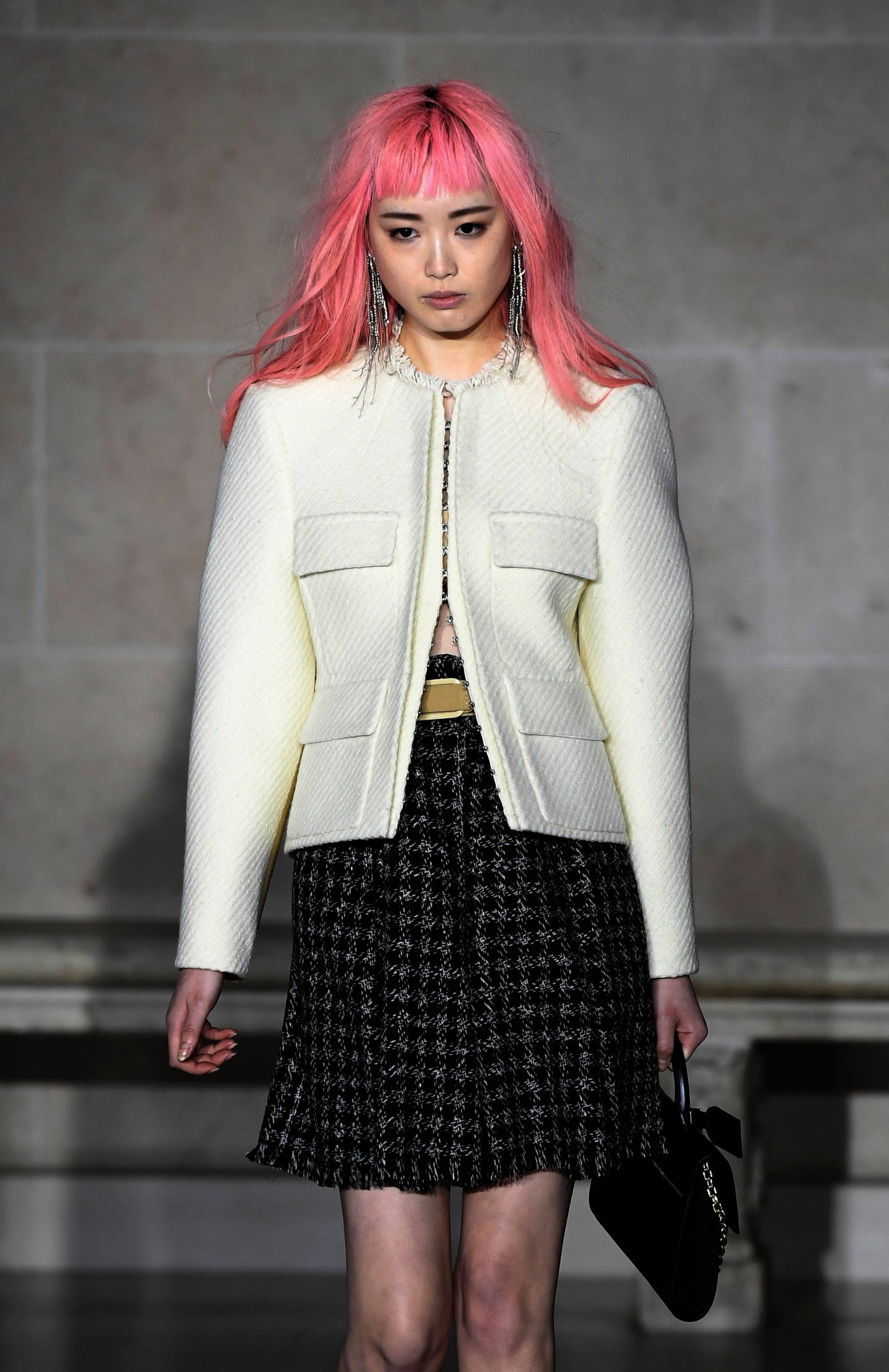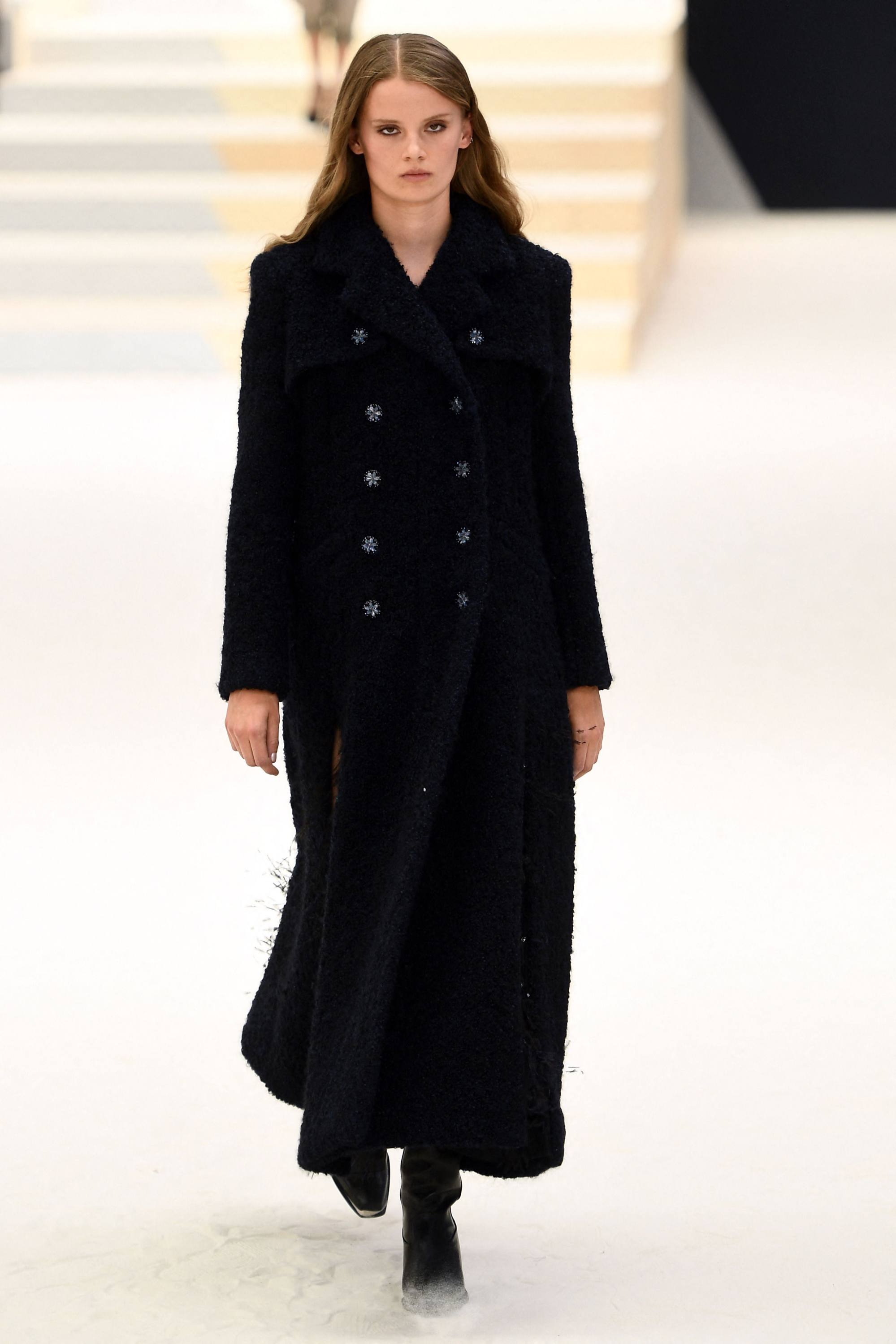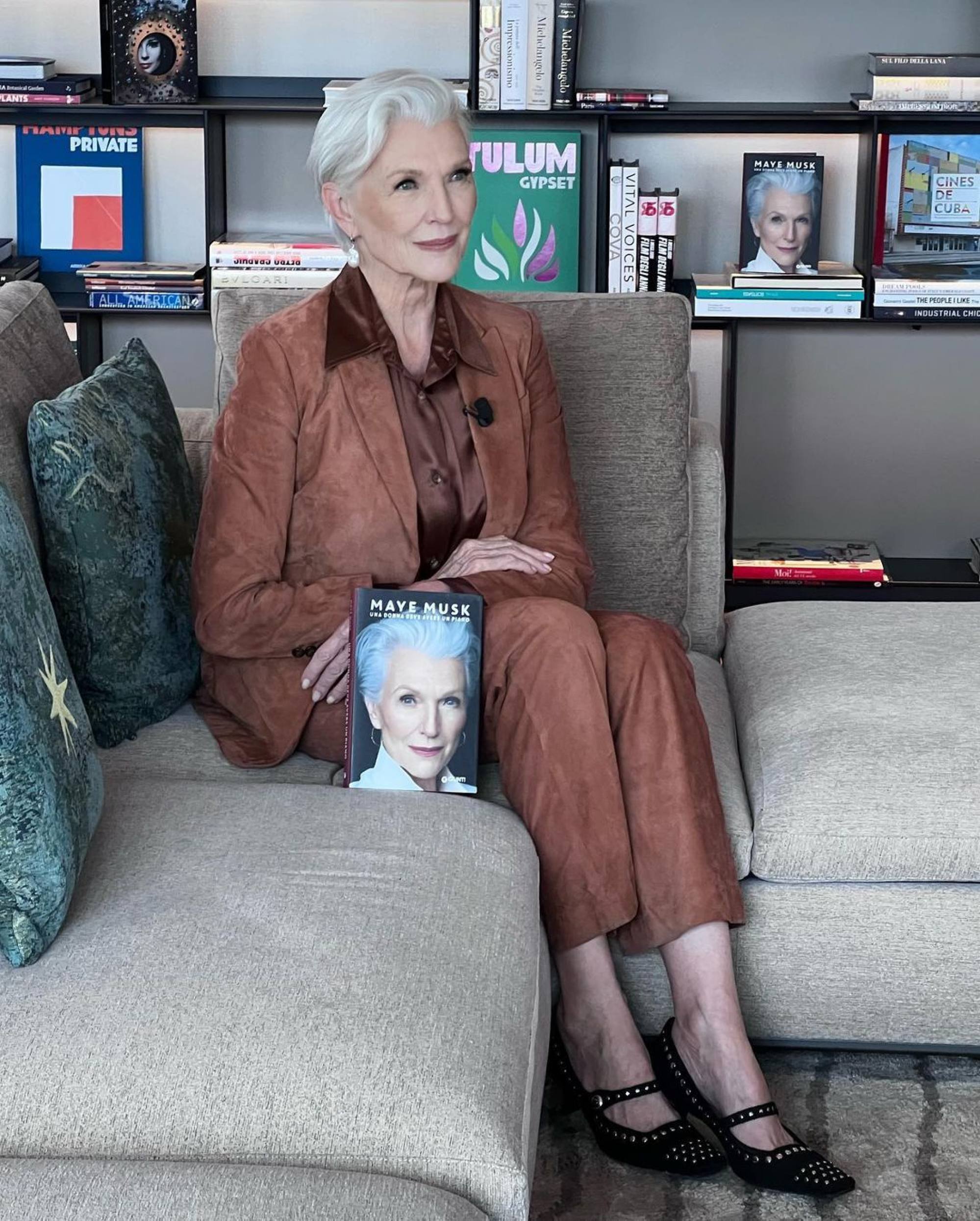Explainer / How ‘quiet luxury’ became 2023’s hottest new fashion trend: the move towards understated ‘stealth wealth’ is fuelled by shows like Succession, and brands from Hermès to Armani and Loro Piana

Quiet luxury is one of 2023’s biggest trends – and also one of the hardest to describe.
Oh, and quiet luxury is absolutely, definitely, 100 per cent logo-less.
What exactly is “quiet luxury”?

Quiet luxury is defined as “clothing of the highest quality, but also clothing that has timelessness, is sophisticated and understated”, Thomaï Serdari, director of the fashion and luxury MBA programme at NYU’s Stern School of Business, said.
That means no big, gold Gucci belt buckles or Louis Vuitton logo handbags – items that scream “I paid a lot of money for this”. Instead, think of clothes that whisper: cashmere jumpers, silk button-downs or wool overcoats rendered in neutral tones and expensive materials.

Why is “quiet luxury” so popular now?

Like most other fashion trends, the move toward quiet luxury, or “stealth wealth”, is part of a cycle.

Then, of course, there’s the hit HBO series Succession, where characters regularly wear US$600 cashmere baseball caps in neutral colours and sans logos, and subtle but expensive Tom Ford sunglasses. Their stealth-wealth style is intended to convey “expensive and tasteful” though, of course, the characters don’t quite behave that way.
But there’s more going on here than just typical trend cycles or a popular TV show. Hall said that the state of the world is heavily influencing how people are dressing.

In fact, this isn’t the first time quiet luxury has dominated fashion – it became a major trend in 2008 amid the Great Recession, Hall added.
“As insensitive as fashion can be sometimes be, it is still acutely attuned to social dynamics,” she said. “When huge bits of the population are struggling to hang onto or heat their homes, flaunting extreme expressions of wealth looks tone-deaf.”
Which brands are positioned to benefit from this trend?

Guiony noted that the trend was also popular around 15 years ago, during the Great Recession, and said that while he believes most consumers still want logoed products, LVMH offers plenty of “discreet” options for customers as well.

One LVMH brand in particular poised to benefit from the trend is Loro Piana, which is famous for its simple but luxe cashmere jumpers, NYU Stern’s Serdari said. She also highlighted Italian luxury house Brunello Cucinelli, French leather goods firm Hermès and Armani, who has been doing quiet luxury for nearly two decades.


- Like 2008’s Great Recession, this wardrobe shift is in part due to the precarious state of the economy, so people don’t want to flaunt their wealth – just ask Gwyneth Paltrow or Elon Musk’s mum, Maye
- While logomania – think big, gold Gucci belt buckles and LV logo bags – previously dominated markets, this new way of dressing will benefit understated brands like Brunello Cucinelli